La Solfatara, the mythical entrance to the Ancient Romans' Hell, is an inactive volcano, part of the volcanic region known as Phlegrean Fields.
Solfatara itself lies in the Phlegraean Fields west of Naples. Its crescent-shaped cone is wrapped around the Piano Sterile, the flat-floored crater, some 750m across, containing about 25 active little vents, from which escape hot gases such as carbon dioxide, sulphur dioxide and hydrogen sulphide, as well as mud, steam and water. This activity has probably continued ever since the crater was formed about 4000 years ago. The most important episode in historic time occurred in 1198 when a big mud geyser spouted 10m into the air for several days after a small earthquake. A similar event took place on 23 July 1930. At present, the Piano Sterile is a wide arena, covered with grey mud, into which a number of bubbling muddy pools are sunk. Many of the solfataras are encrusted with beautiful, if fragile, sulphur crystals. This sulphur, however, reacts with water to produce sulphuric acid, which alters the rocks of the crater floor and forms the white "bianchetto" coating the drier surfaces. The activity of La Solfatara is dominated by the recycling of rainwater, heated to high temperatures, which reach 120'C at a depth of 150m.
library.thinkquest.org
 |
| The under pressure sound was scary, it felt like in any minute will take place an explosion |
 |
| happy that I found a nice pair of earrings at Solfatara's souvenirs shop |
THE AMPHITHEATRE:
 |
| Photo source |
The Flavian Amphitheater (Anfiteatro flaviano puteolano), located in Pozzuoli, is the third largest Roman amphitheater in Italy. Only the Roman Colosseum and the Capuan Amphitheater are larger. It was likely built by the same architects who previously constructed the Roman Colosseum. The name Flavian Amphitheater is primarily associated with the Roman Colosseum.
It was begun under the reign of the emperor Vespasian and probably finished under the reign of his son Titus. The arena can hold up to 20,000 spectators. The interior is mostly intact and one can still see parts of gears which were used to lift cages up to the arena floor.
In 305, the arena was the setting for the persecutions of the patron of Pozzuoli, Saint Proculus, and the patron saint of Naples, Saint Januarius. After surviving being thrown to the wild beasts in the arena, the two were beheaded at the nearby Solfatara.
The elliptical structure measures 147 x 117 meters (482 x 384 feet), with the arena floor measuring 72.22 x 42.33 meters (237 x 139 feet).
en.wikipedia.org
Choosing to wear the "drops dress" was perfect for our last day in Pozzuoli; it was so relaxing and enjoyable! Loved it :)

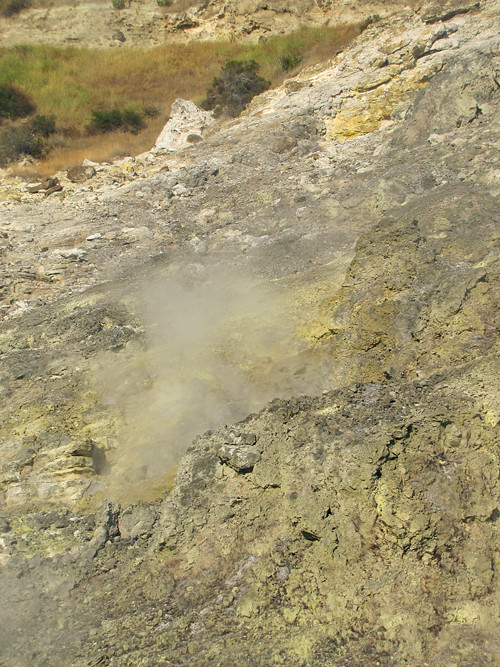

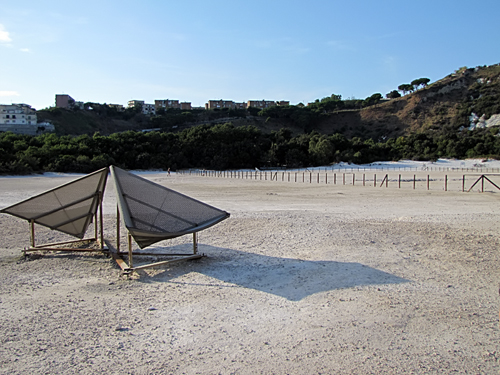
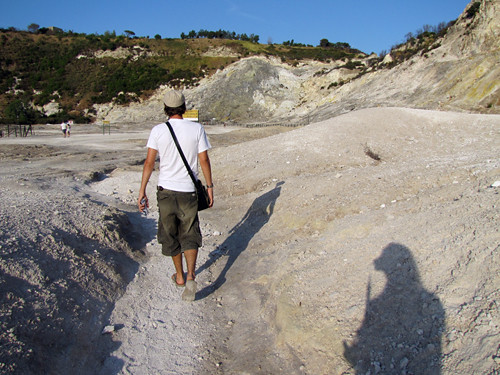
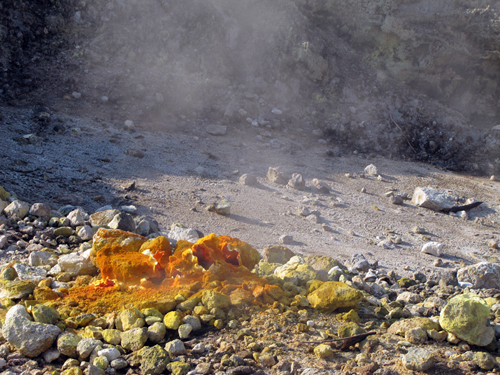
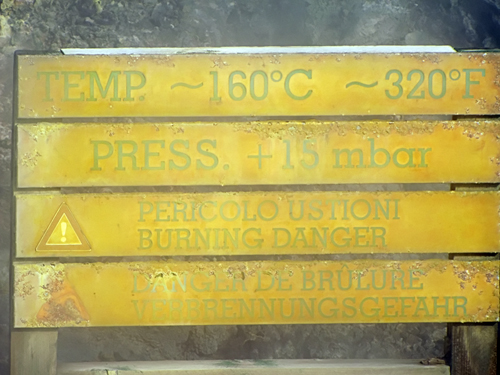


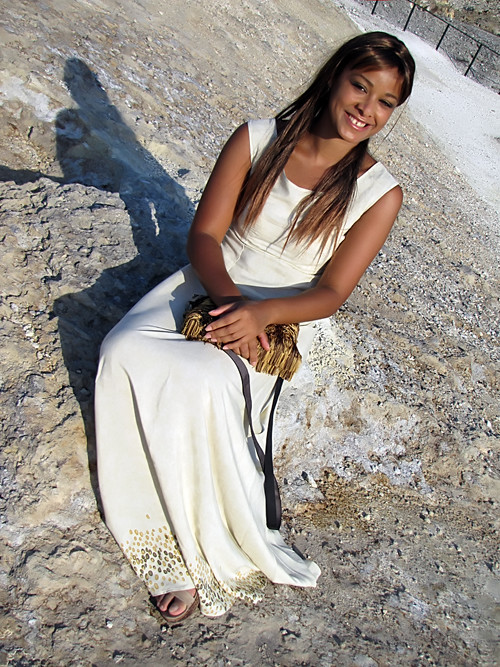
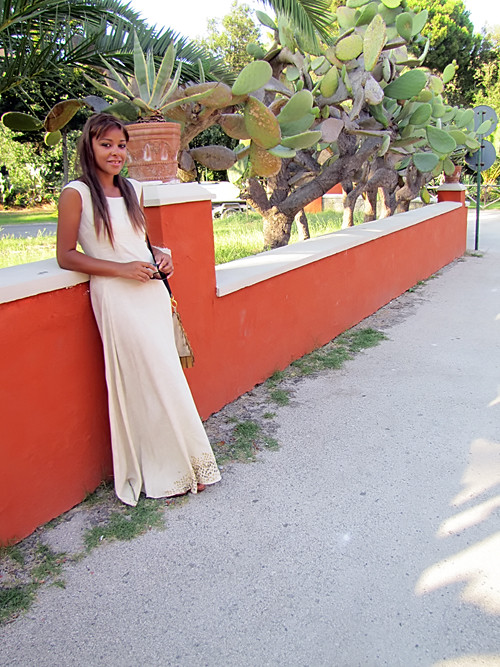
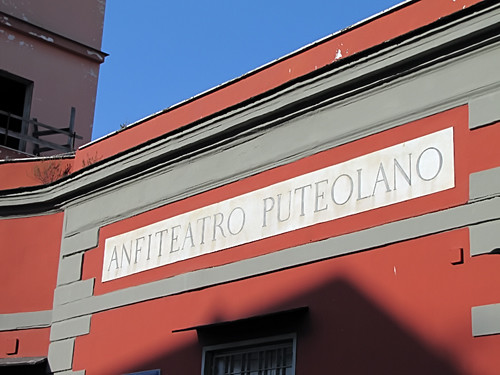




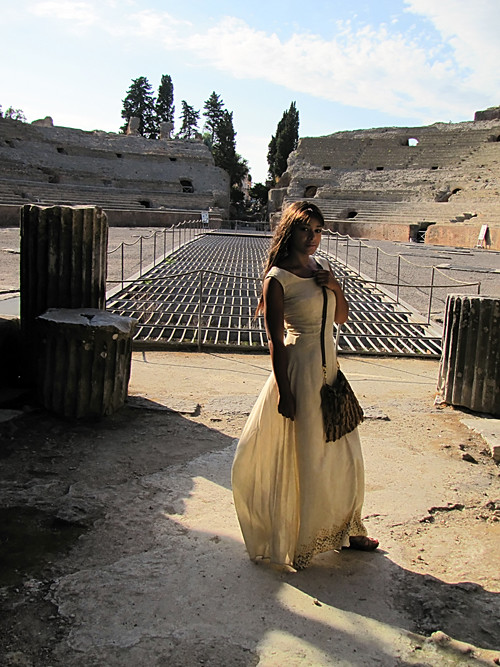


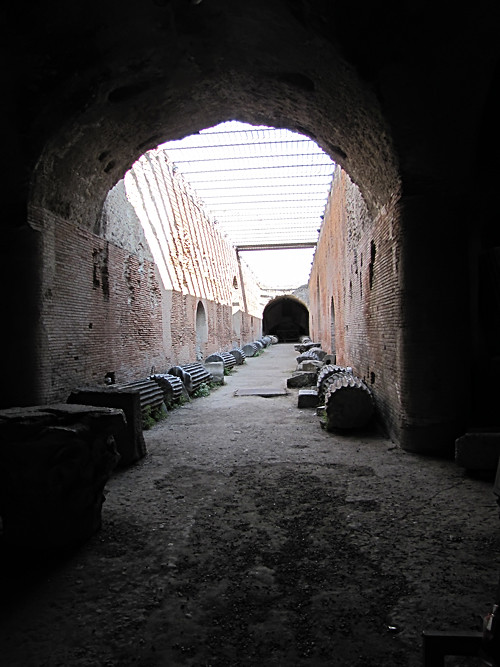



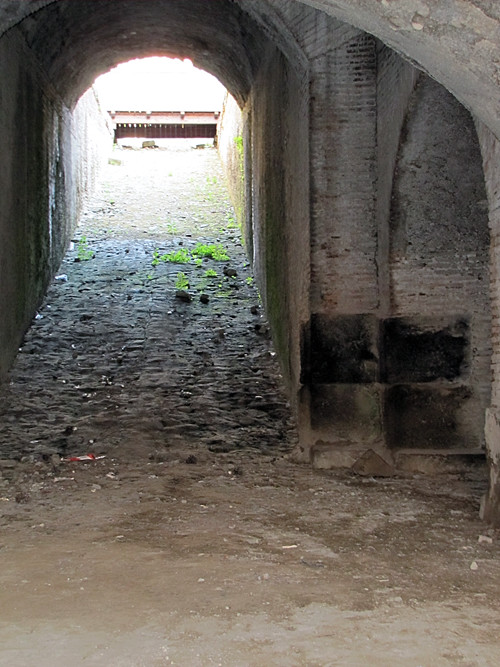


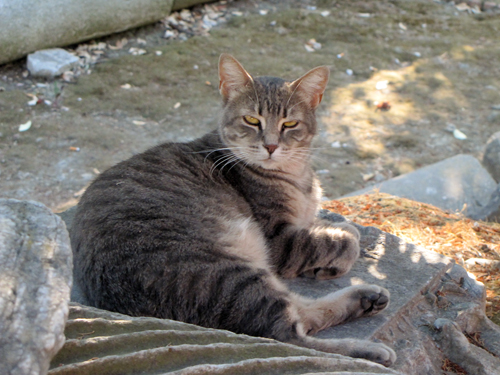


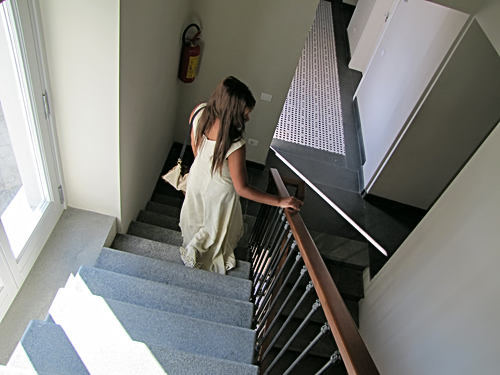
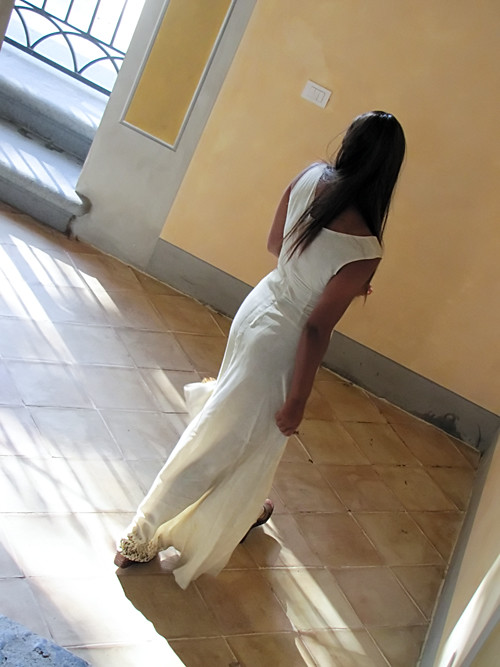

No comments:
Post a Comment